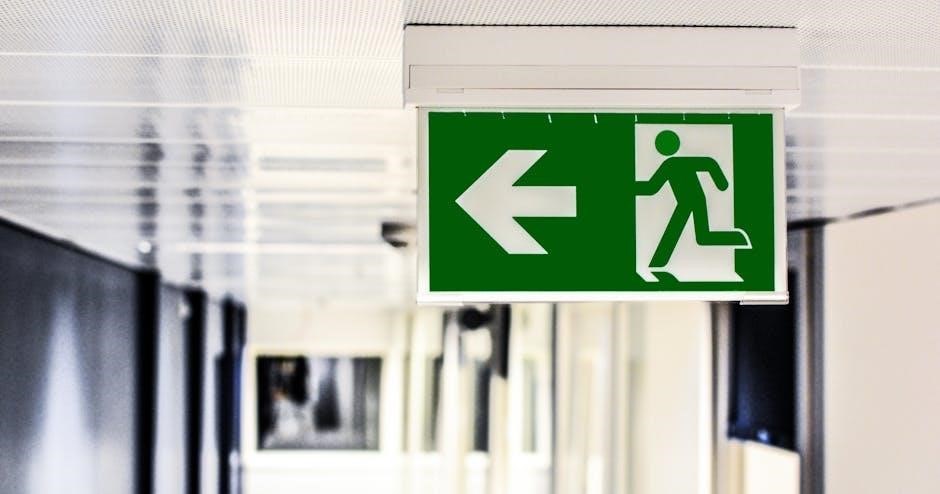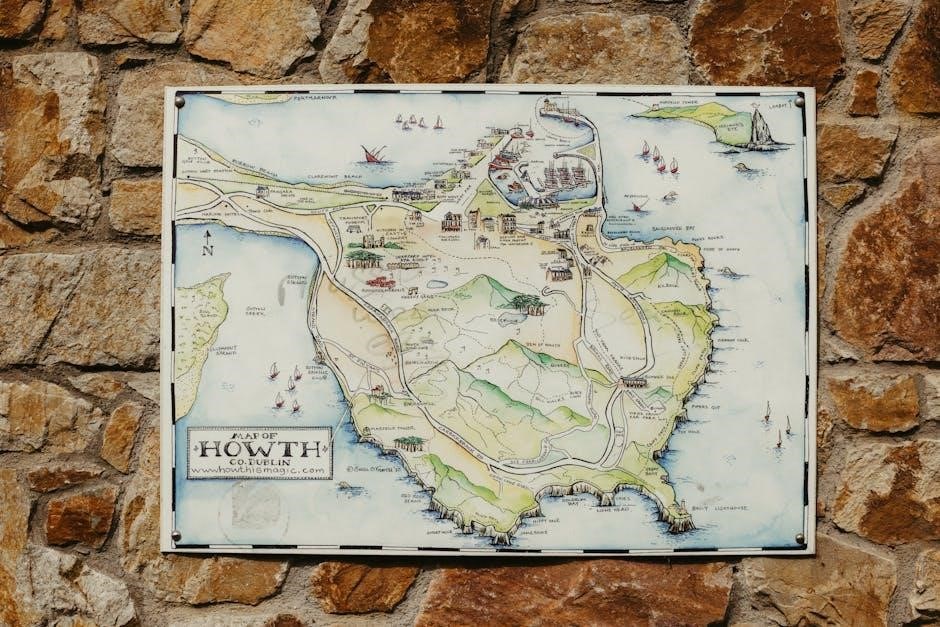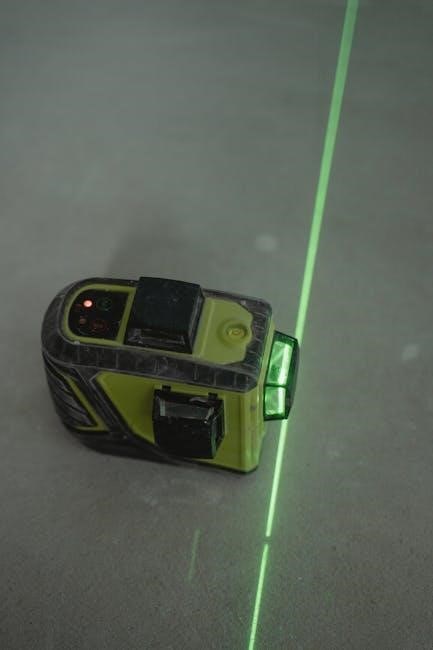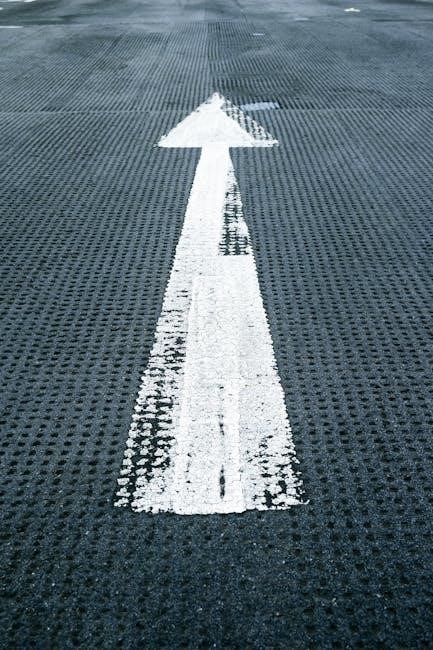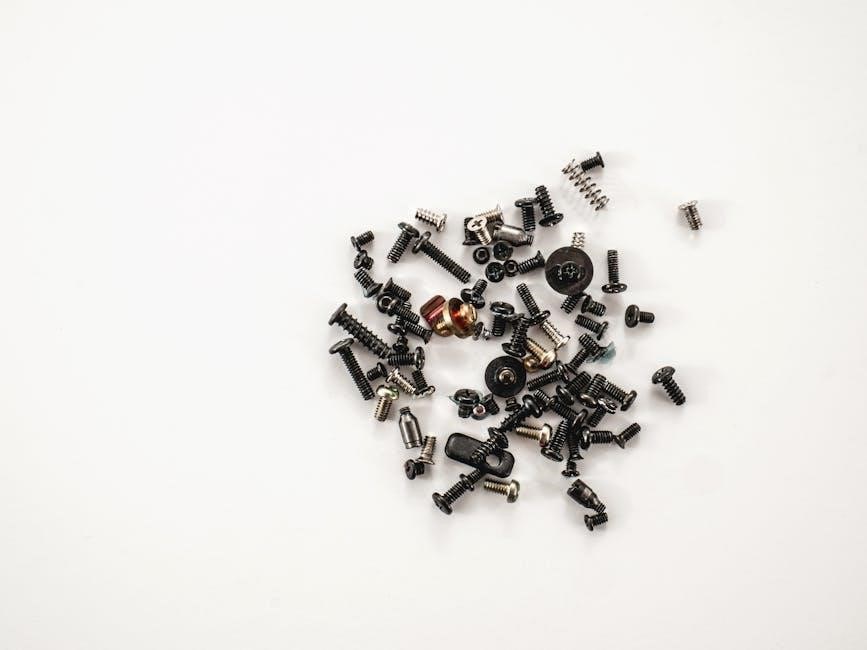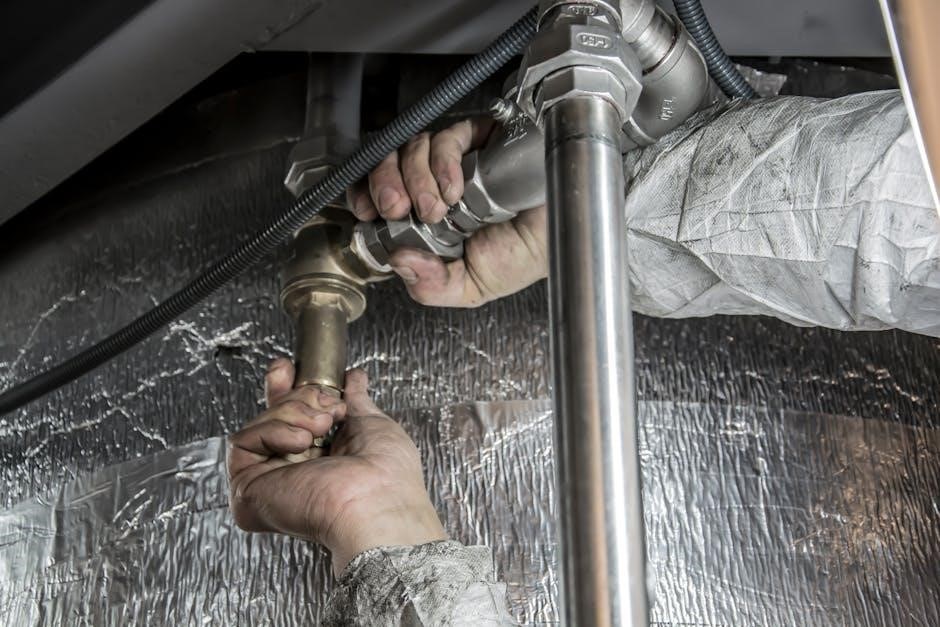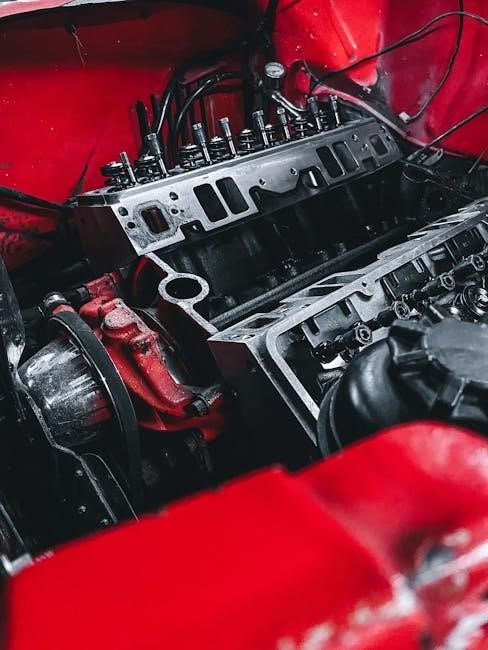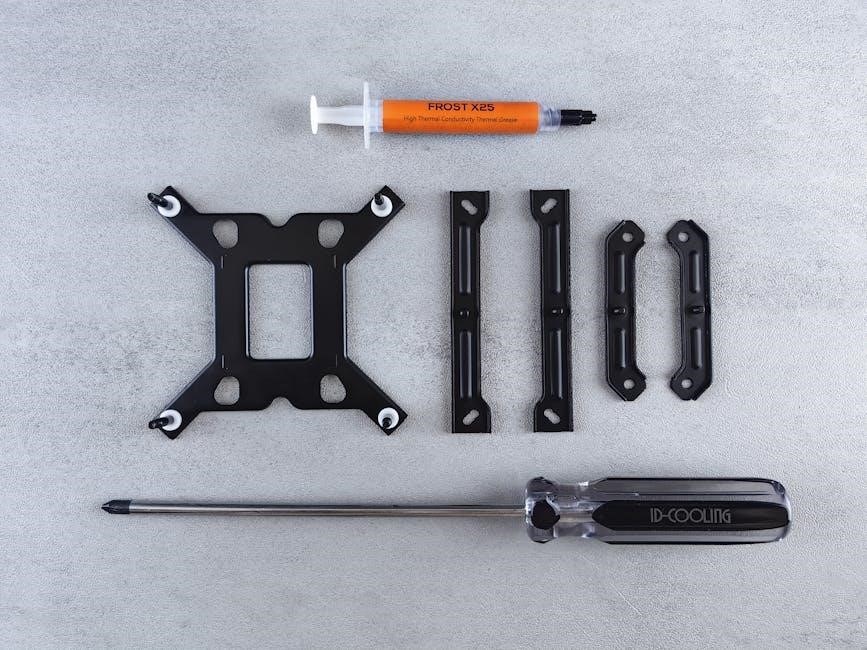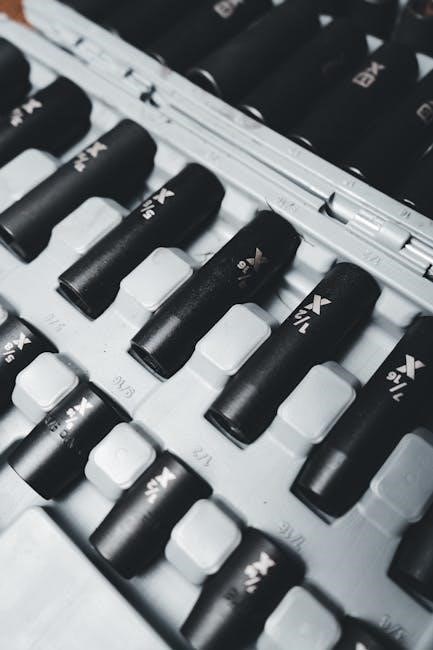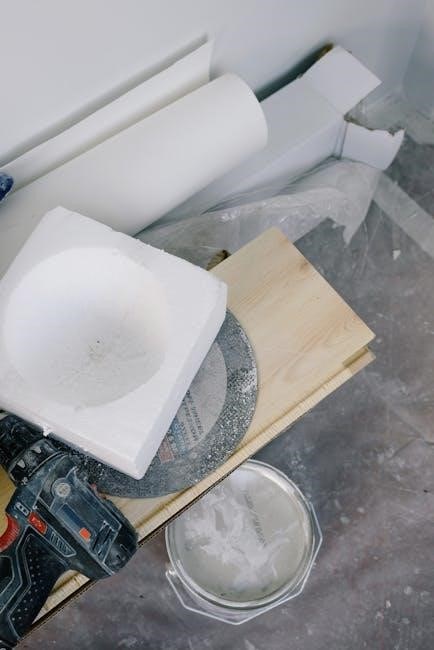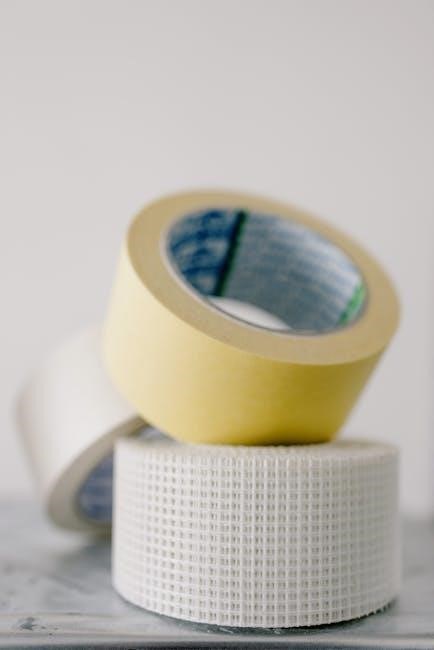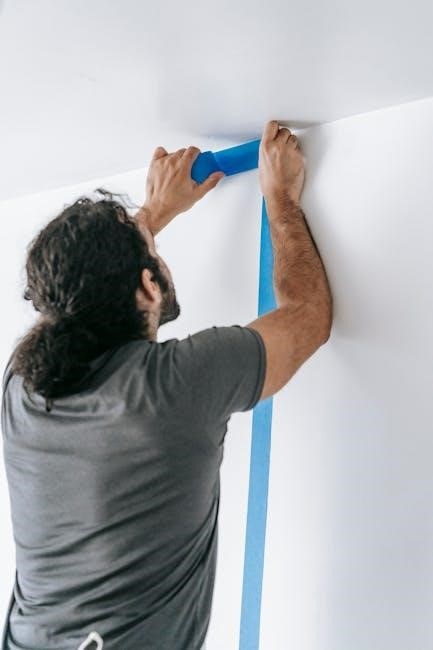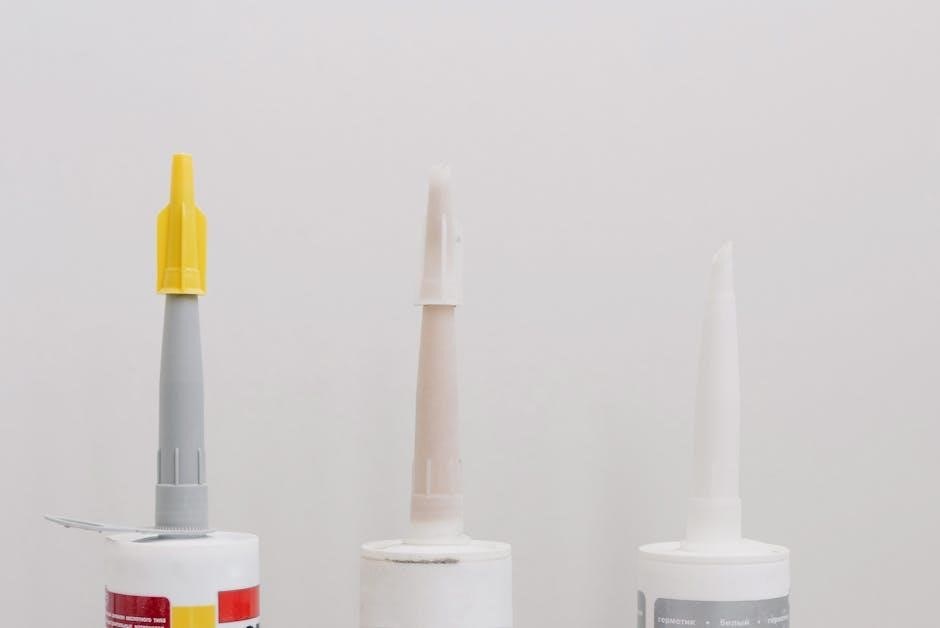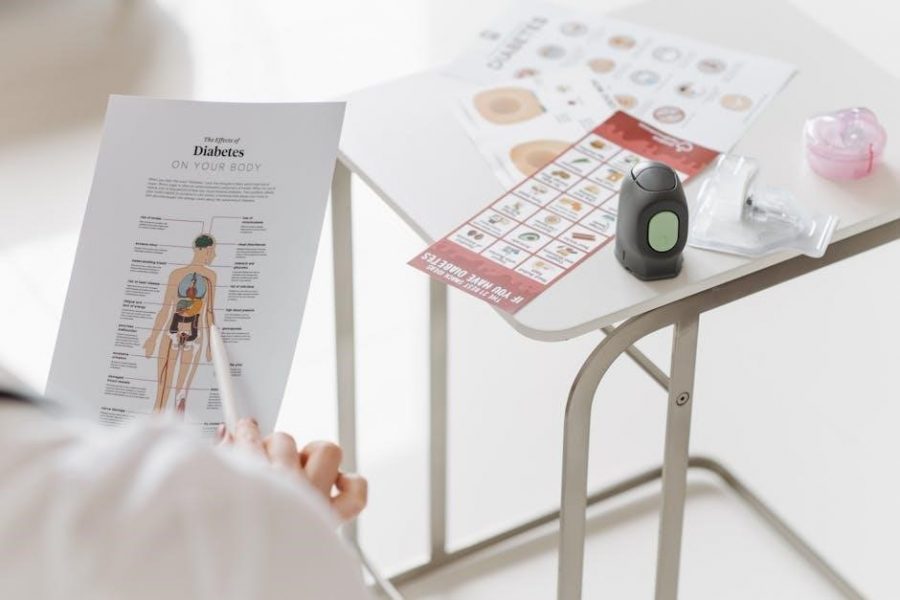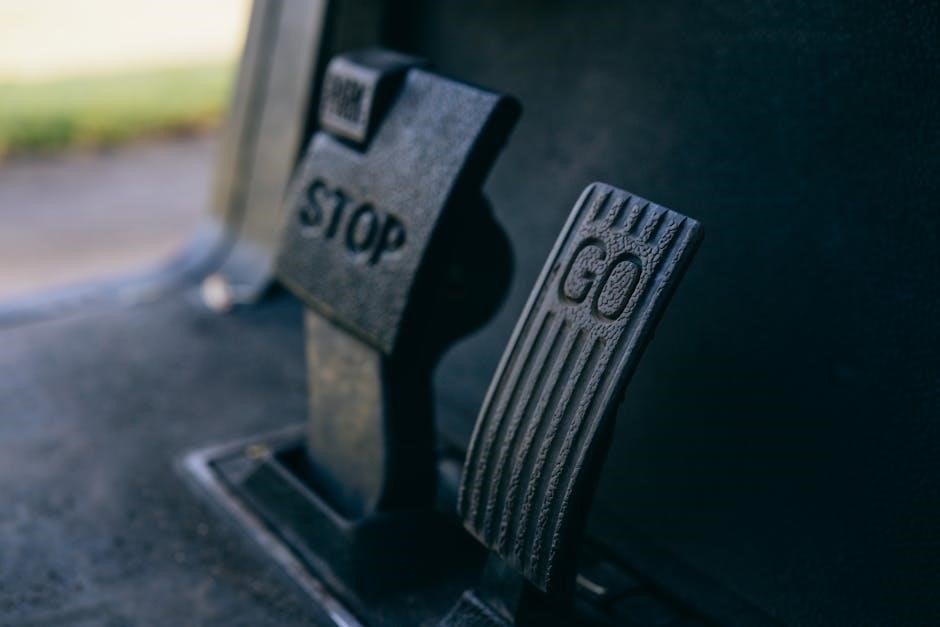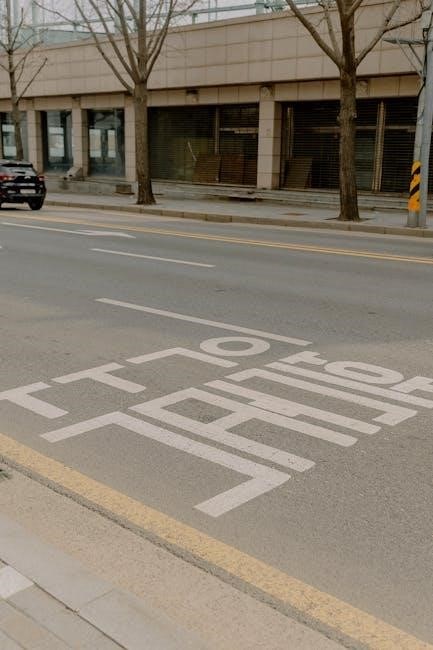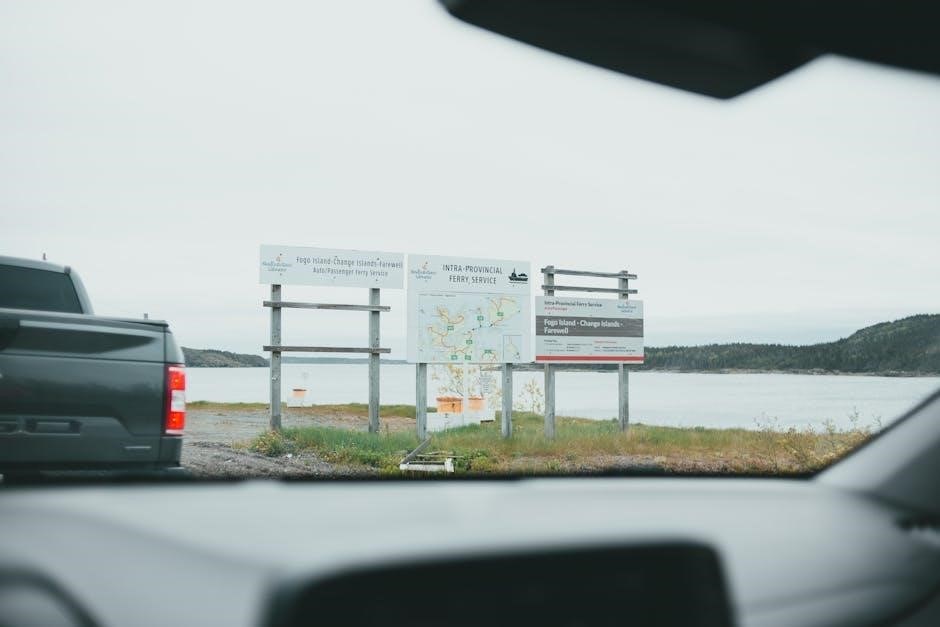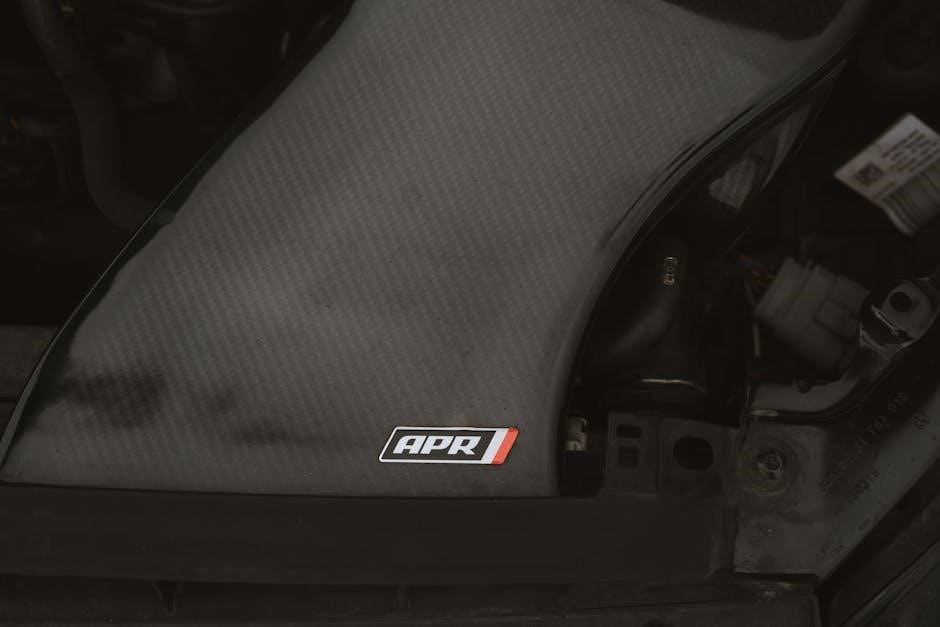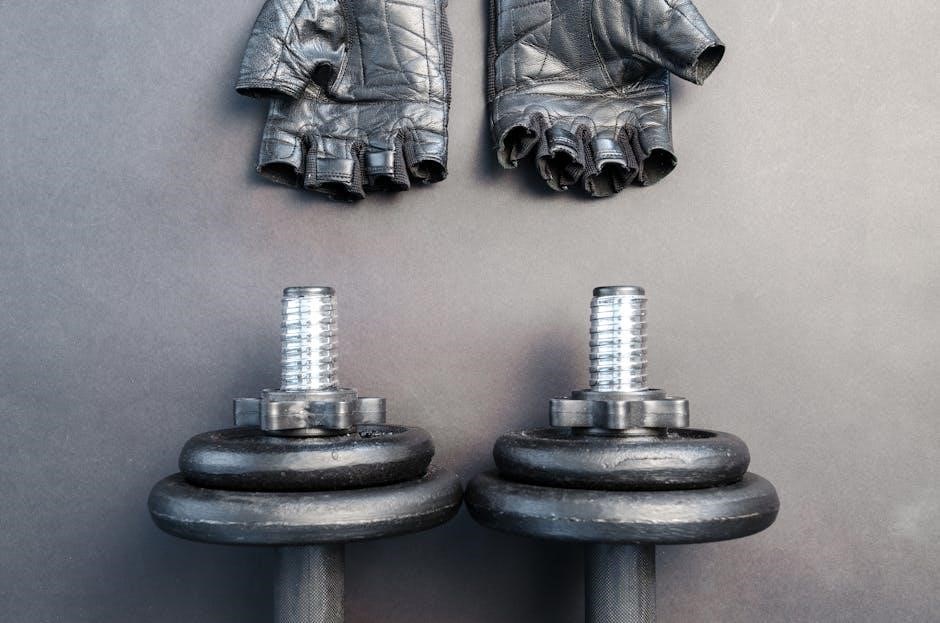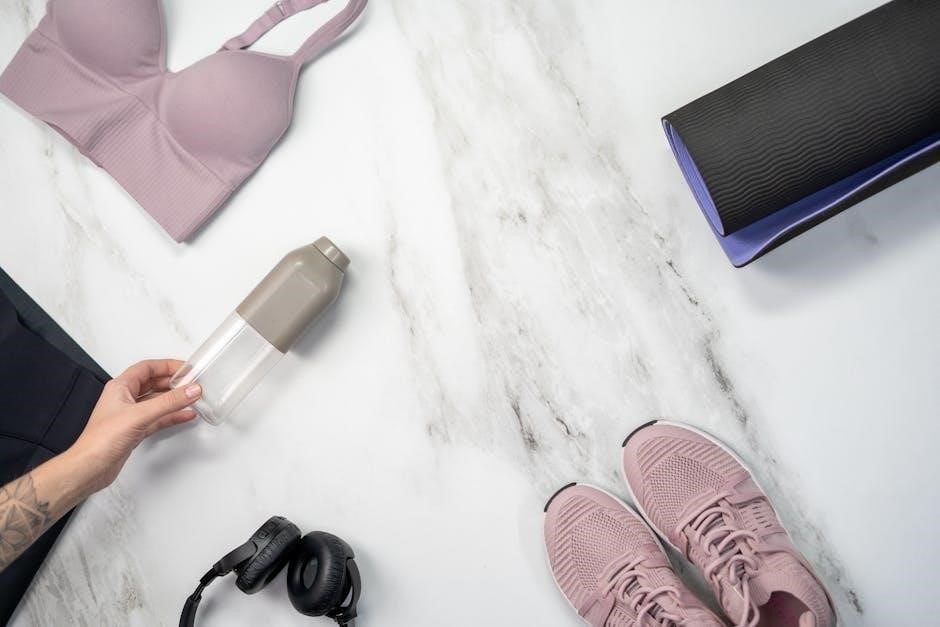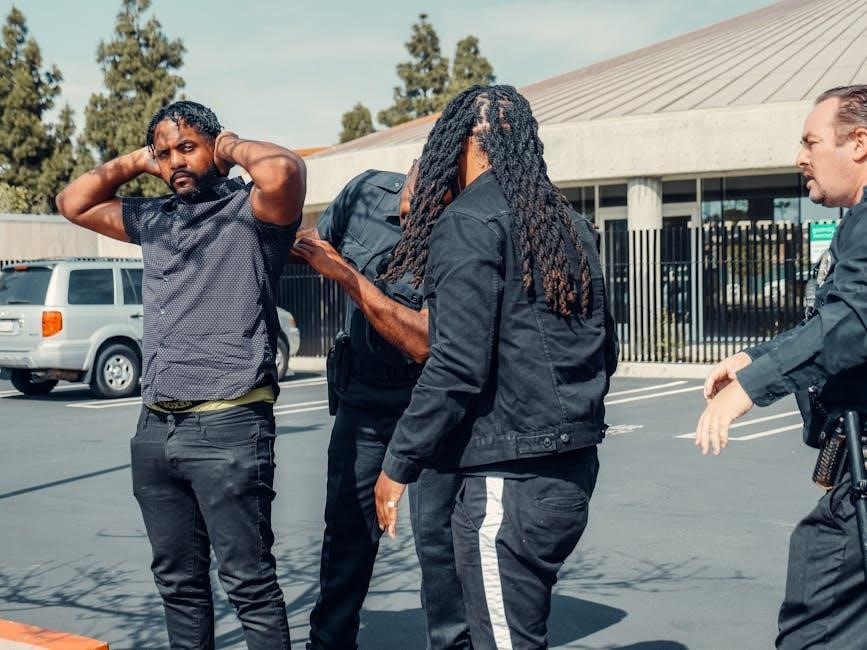Detroit: A Comprehensive Guide (12/10/2025)
Today’s date is December 10th‚ 2025‚ at 5:39:59 PM․ Detroit offers diverse culinary experiences‚ gaming adventures‚ and community discussions‚ alongside financial insights and sporting enthusiasm․
Detroit‚ Michigan‚ a city steeped in history and undergoing a vibrant renaissance‚ presents a compelling blend of cultural attractions‚ industrial heritage‚ and modern innovation․ As of today‚ December 10th‚ 2025‚ the city continues to evolve‚ attracting visitors and residents alike with its unique character․ From the iconic automotive industry to a burgeoning arts scene‚ Detroit offers a diverse experience․
Currently‚ discussions range from the delectable Detroit-style pizza – with establishments like Louis Pizza‚ Buddy’s‚ and Cloverleaf leading the way – to the emotionally resonant narrative choices within Detroit: Become Human‚ particularly concerning character fates like Simon’s․ The passionate Detroit Red Wings fanbase actively engages online‚ adhering to specific Reddit posting guidelines․ Financial aspects‚ such as Apple Wallet’s occasional $0․00 verification charges‚ also garner attention within the community․
Detroit Pizza Scene: A Deep Dive
Detroit’s pizza landscape is a celebrated cornerstone of its culinary identity‚ dominated by the uniquely satisfying Detroit-style pizza (DSP)․ Today‚ December 10th‚ 2025‚ the scene thrives with both classic establishments and innovative newcomers․ The foundational pizzerias – Louis Pizza in Hazel Park‚ Buddy’s Pizza‚ and Cloverleaf Pizza – continue to serve the quintessential DSP experience: a square pizza with a thick‚ airy crust‚ caramelized cheese edges‚ and a rich tomato sauce․
However‚ the scene isn’t static․ Places like Detroit Pizza Style Co․ in St․ Clair Shores and Palazzo di Pizza in Royal Oak are pushing boundaries‚ experimenting with toppings and techniques while honoring the DSP tradition․ Louis Pizza consistently receives praise as a top choice among the original DSP creators‚ offering a benchmark for this beloved regional style․
Detroit-Style Pizza: Origins and Characteristics
Detroit-style pizza (DSP) emerged in the mid-20th century‚ born from the resourceful adaptation of Sicilian-style pizza by Buddy’s Rendezvous‚ a now-iconic Detroit pizzeria․ Utilizing repurposed automotive steel pans – a nod to Detroit’s “Motor City” heritage – Buddy’s created a pizza with a distinctively thick‚ rectangular crust․ This unique baking method yields a remarkably crispy‚ almost fried‚ bottom and delightfully airy interior․
Key characteristics include a high-hydration dough‚ Wisconsin brick cheese spread directly to the edges of the pan (creating the signature caramelized crust)‚ and a vibrant tomato sauce dolloped on top of the cheese․ This layering prevents the cheese from burning during the extended bake time․ DSP is a hearty‚ flavorful experience‚ representing a true taste of Detroit’s industrial past and culinary innovation․
Key Detroit Pizza Establishments
Detroit’s pizza scene boasts both legendary originators and innovative newcomers․ Louis Pizza in Hazel Park consistently ranks among locals’ favorites for its classic‚ no-frills DSP․ Buddy’s Pizza‚ the birthplace of the style‚ remains a popular destination‚ offering a consistently excellent experience․ Cloverleaf Pizza is another original‚ contributing significantly to DSP’s enduring legacy․
Beyond the classics‚ newer establishments are pushing boundaries․ Detroit Pizza Style Co․ in St․ Clair Shores and Palazzo di Pizza in Royal Oak are celebrated for their creative toppings and modern interpretations of the Detroit style․ These spots demonstrate the continued evolution of DSP‚ while still honoring its roots․ Each establishment offers a unique slice of Detroit’s vibrant culinary landscape‚ making it a pizza lover’s paradise․
Louis Pizza (Hazel Park)
Louis Pizza in Hazel Park stands as a cornerstone of the Detroit-style pizza tradition․ Often cited as a top pick among the original DSP establishments‚ Louis delivers a consistently satisfying experience focused on the fundamentals․ Their pizza exemplifies the classic characteristics: a thick‚ rectangular crust‚ crispy caramelized cheese edges‚ and a rich tomato sauce layered on top of the cheese․

While not known for extravagant toppings‚ Louis excels in execution․ The quality of ingredients and the precise baking process result in a pizza that’s both comforting and flavorful․ It’s a place where the focus remains squarely on the core elements of Detroit-style pizza‚ offering a pure and authentic taste of the city’s culinary heritage․ A must-visit for DSP purists!

Buddy’s Pizza
Buddy’s Pizza holds a significant place in Detroit pizza history‚ widely credited with pioneering the Detroit-style pizza we know today․ Established in 1946‚ Buddy’s initially served square pizzas in steel automotive parts trays – a resourceful adaptation reflecting the city’s industrial roots․ This practical approach inadvertently birthed a culinary icon․
Like Louis and Cloverleaf‚ Buddy’s focuses on the foundational elements of DSP: a thick‚ airy crust‚ Wisconsin brick cheese caramelized to golden-brown perfection along the edges‚ and a vibrant tomato sauce applied after baking․ While they’ve expanded their menu over the years‚ their original square pizza remains their signature offering․ Buddy’s represents a tangible link to the origins of Detroit’s unique pizza culture‚ offering a taste of history with every slice․
Cloverleaf Pizza
Cloverleaf Pizza is another cornerstone of the Detroit-style pizza legacy‚ contributing significantly to its development and popularization․ Alongside Buddy’s and Louis‚ Cloverleaf played a crucial role in establishing the distinct characteristics that define DSP․ While the exact origins are debated‚ Cloverleaf’s early adoption and consistent execution of the square‚ deep-dish pizza helped solidify its place in Detroit’s culinary landscape․
Similar to its counterparts‚ Cloverleaf’s approach centers on a thick‚ focaccia-like crust‚ generous layers of Wisconsin brick cheese‚ and a rich tomato sauce dolloped on top post-bake․ They maintain a commitment to the classic DSP formula‚ offering a straightforward and satisfying experience․ Cloverleaf represents a traditional take on Detroit pizza‚ appealing to those who appreciate the simplicity and authenticity of the original style․

Detroit Pizza Style Co․ (St․ Clair Shores)
Detroit Pizza Style Co․‚ located in St․ Clair Shores‚ represents a newer wave of innovation within the Detroit-style pizza scene․ While honoring the traditions established by pioneers like Buddy’s‚ Louis‚ and Cloverleaf‚ they actively experiment with unique toppings and flavor combinations‚ pushing the boundaries of what DSP can be․ This establishment caters to a clientele seeking both classic and contemporary interpretations of the beloved pizza style․
They are known for creative specialty pizzas‚ often incorporating locally sourced ingredients and bold flavor profiles․ Detroit Pizza Style Co․ doesn’t shy away from unconventional toppings‚ offering options that appeal to adventurous palates․ They demonstrate a commitment to quality ingredients and meticulous preparation‚ ensuring each pizza delivers a memorable experience․ This spot embodies the evolving nature of Detroit’s pizza culture․
Palazzo di Pizza (Royal Oak)
Palazzo di Pizza‚ situated in Royal Oak‚ is another suburban gem contributing to the vibrant Detroit-style pizza landscape․ Like Detroit Pizza Style Co․‚ Palazzo di Pizza doesn’t simply replicate the classics; they build upon the foundation laid by the original DSP establishments․ They are recognized for their dedication to crafting high-quality pizzas with a focus on fresh ingredients and a consistently crispy crust․
Palazzo di Pizza offers a diverse menu featuring both traditional and inventive pizza creations․ They’ve gained a reputation for generous toppings and a flavorful sauce that complements the signature cheese blend․ The restaurant provides a welcoming atmosphere‚ making it a popular destination for families and pizza enthusiasts alike․ They represent the continued evolution and expansion of Detroit’s celebrated pizza tradition‚ offering a modern take on a beloved classic․
Detroit: Become Human ⎻ Gameplay & Story
Detroit: Become Human is a neo-noir thriller developed by Quantic Dream and published by Sony Interactive Entertainment for the PlayStation 4․ Released on June 26‚ 2020‚ the game immerses players in a futuristic Detroit where androids serve humanity․ The narrative centers around three androids – Kara‚ Connor‚ and Markus – each navigating their own storylines intertwined with themes of sentience‚ freedom‚ and discrimination․
Gameplay revolves around player choices that dramatically impact the narrative‚ leading to multiple branching paths and endings․ Players investigate crime scenes‚ engage in dialogue‚ and make critical decisions that shape the characters’ fates and the future of androids․ The game explores complex moral dilemmas and challenges players to consider the implications of artificial intelligence and its role in society․ It’s a deeply engaging experience with a compelling story and impactful choices․
Character: Simon
Simon is a pivotal android character in Detroit: Become Human‚ initially presented as a reluctant member of Jericho‚ the android sanctuary․ He’s characterized by his cautious nature and pragmatic approach‚ often clashing with Markus’s more idealistic vision for android liberation․ Simon’s backstory reveals a difficult past‚ marked by trauma and loss‚ which shapes his cynical outlook․
Players encounter Simon during key missions‚ where their choices significantly influence his development and ultimate fate․ He grapples with internal conflicts regarding his loyalty to Jericho and his desire for self-preservation․ The rooftop scenario presents a particularly challenging situation for Simon‚ testing the player’s ability to protect him from external threats․ His story arc explores themes of resilience‚ trust‚ and the struggle for identity in a world that devalues android life․
The Rooftop Scenario: Simon’s Fate
The rooftop scenario is a critical juncture in Detroit: Become Human‚ directly impacting Simon’s survival․ When Connor and Hank arrive to investigate‚ Simon is vulnerable to attack by human soldiers․ Players face a difficult choice: intervene and connect to Simon’s memory‚ or allow events to unfold naturally․ Direct intervention‚ while seemingly helpful‚ paradoxically leads to Simon’s death․
However‚ if Simon possesses a weapon – specifically a gun – he has a chance to return to Jericho later in the game․ This outcome hinges on prior player choices and successful completion of related objectives․ Leaving Simon unprotected almost certainly results in his demise at the hands of the soldiers․ The scenario highlights the game’s branching narrative and the weight of player decisions‚ demonstrating that even well-intentioned actions can have unforeseen consequences․
Preventing Simon’s Death: Investigating Options
Successfully preserving Simon’s life during the rooftop encounter proves exceptionally challenging․ The primary factor influencing his survival is ensuring he’s armed with a gun before Connor and Hank arrive for the investigation․ This allows a potential pathway for his return to Jericho‚ though it isn’t a guaranteed outcome․ Avoiding direct intervention – specifically‚ connecting to his memory – is crucial‚ as this action invariably leads to his death․

However‚ simply having a weapon isn’t sufficient․ Players must carefully navigate the preceding events and dialogue choices to maximize Simon’s chances․ Thorough investigation of the environment and strategic questioning can reveal opportunities to bolster his defenses․ Ultimately‚ the scenario emphasizes the game’s complex decision-making process and the delicate balance between intervention and non-interference․
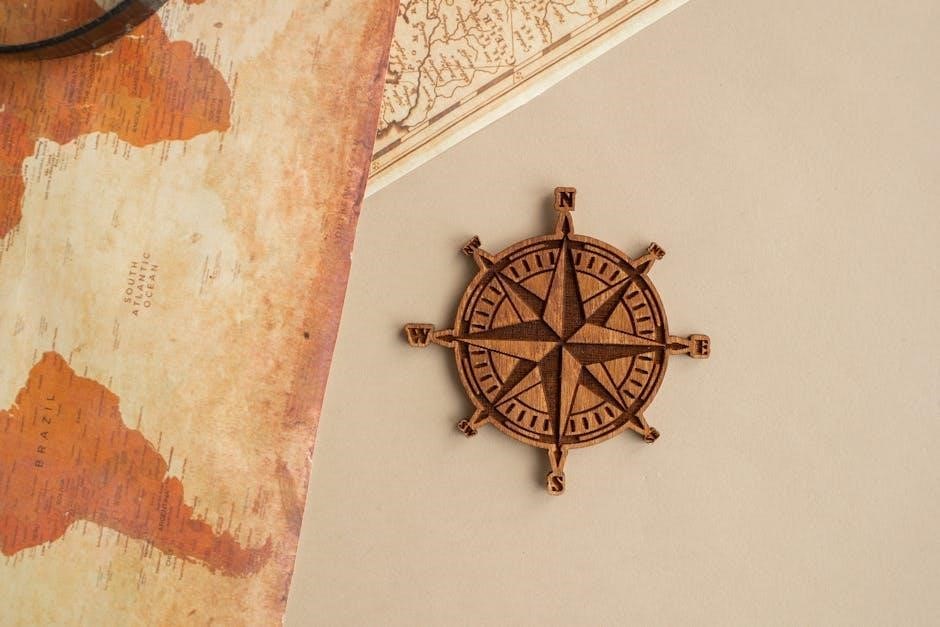
Intervention and Memory Connection – Consequences
Directly intervening in Simon’s fate on the rooftop‚ specifically by connecting to his memory‚ results in his immediate and unavoidable death․ This outcome is a critical narrative point‚ demonstrating the fragility of android life and the weight of player choices within Detroit: Become Human․ The memory connection‚ intended as an act of empathy‚ paradoxically triggers a system failure within Simon‚ leading to his demise․
This consequence highlights the game’s exploration of themes surrounding free will‚ sacrifice‚ and the limitations of android existence․ Choosing this path signifies a prioritization of understanding Simon’s final moments over preserving his life․ It’s a stark reminder that even well-intentioned actions can have devastating repercussions‚ shaping the overall narrative and influencing the future of the android revolution․
Jericho and Android Liberation
Jericho serves as the central hub for deviant androids seeking refuge and freedom from human control in Detroit: Become Human․ This hidden community‚ located beneath the city‚ represents a beacon of hope and a catalyst for the android revolution․ Its existence challenges the established order and forces players to confront complex ethical dilemmas regarding artificial intelligence and sentience․
The success of android liberation hinges on player choices throughout the game‚ influencing the number of deviants who reach Jericho and the overall strength of the movement․ Supporting Jericho involves rescuing deviants‚ spreading awareness‚ and ultimately‚ deciding the fate of humanity and androids․ The narrative explores various paths to liberation‚ ranging from peaceful coexistence to violent uprising‚ each with profound consequences․
Detroit Red Wings ⎻ Community & Guidelines
The r/DetroitRedWings subreddit fosters a passionate community dedicated to discussing all things related to the Detroit Red Wings hockey team․ To maintain a positive and productive environment‚ specific guidelines govern user behavior and content posting․ These rules ensure respectful dialogue‚ relevant discussions‚ and a welcoming space for fans of all levels of experience․
Regarding self-promotion‚ the subreddit adheres to a 5:1 ratio‚ meaning that for every one promotional post or comment a user makes‚ they should contribute five non-promotional pieces of content․ This encourages genuine engagement and prevents the community from being overrun with self-serving posts․ Further details on Reddit’s broader self-promotion guidelines are readily available online for reference․

Reddit Posting Guidelines (General)
Reddit‚ as a platform‚ operates under a set of core principles designed to foster civil discourse and maintain a high-quality user experience․ These guidelines emphasize respectful communication‚ constructive contributions‚ and adherence to the platform’s content policies․ Users are expected to refrain from engaging in harassment‚ hate speech‚ or any behavior that violates Reddit’s terms of service․
Content should be original or appropriately sourced‚ and users are encouraged to participate in good faith discussions․ Spamming‚ vote manipulation‚ and the deliberate spread of misinformation are strictly prohibited․ Reddit’s administrators actively moderate the platform to enforce these guidelines and ensure a safe and welcoming environment for all members․ Detailed information regarding Reddit’s content policies can be found on their official website․
r/DetroitRedWings Specific Rules
The r/DetroitRedWings subreddit builds upon Reddit’s general guidelines with specific rules tailored to the community’s focus on the Detroit Red Wings hockey team․ A key rule concerns self-promotion‚ which is permitted but limited to maintain a balanced discussion environment․ The subreddit enforces a 5:1 ratio‚ meaning for every one self-promotional post or comment‚ users should have five non-self-promotional contributions․
This ensures the subreddit remains a space for genuine discussion and avoids being dominated by individual users promoting their own content․ Further details on Reddit’s self-promotion guidelines are available via a provided link․ Adherence to these rules is crucial for maintaining a thriving and engaging community for Red Wings fans․ Violations may result in moderation actions․
Self-Promotion Ratio (5:1)
Maintaining a healthy balance between original content and self-promotion is vital for a thriving online community․ The r/DetroitRedWings subreddit specifically implements a 5:1 ratio rule regarding self-promotional posts and comments․ This means that for every piece of content a user creates and shares that directly benefits them – such as a blog post‚ video‚ or personal project – they must contribute five separate‚ non-self-promotional pieces of content to the subreddit․
This encourages active participation and genuine discussion‚ preventing the subreddit from becoming overly saturated with self-serving material․ Reddit’s broader self-promotion guidelines offer further context‚ and a link is provided for more information․ This ratio ensures a fair and engaging experience for all members․
Financial Transactions in Detroit
Recent reports indicate unusual activity concerning Apple Wallet and CIRRUS charges originating from Detroit‚ Michigan․ Many users have observed a recurring $0․00 charge appearing on their statements‚ a practice implemented by Apple to verify card validity․ This CIRRUS charge serves as a pre-authorization test‚ ensuring the card remains active and functional within the Apple Wallet ecosystem․
However‚ if this seemingly innocuous charge is denied by the issuing bank‚ it can lead to complications‚ potentially rendering the card unusable within Apple Wallet․ Users experiencing such denials should contact their bank to resolve the issue and restore functionality․ This highlights the importance of monitoring transactions and maintaining a valid payment method․
Apple Wallet & CIRRUS Charges
A peculiar phenomenon has been reported by numerous Apple Wallet users in and around Detroit‚ Michigan: a recurring $0․00 charge identified as a CIRRUS transaction․ This isn’t an unauthorized debit‚ but rather a proactive measure by Apple to validate the associated payment card’s continued functionality․ The charge essentially tests if the card is still active and capable of processing transactions‚ ensuring a seamless user experience․
However‚ if a user’s bank declines this $0․00 CIRRUS charge‚ it can unexpectedly disable the card within Apple Wallet․ This denial prevents further transactions until the issue is resolved with the card issuer․ It’s crucial to monitor statements for these charges and address any denials promptly to maintain uninterrupted access to Apple Wallet services․
Understanding the $0․00 Charge
The seemingly mysterious $0․00 charge appearing on statements from Apple Wallet users in Detroit is a pre-authorization test initiated by Apple‚ not a genuine transaction; This charge‚ processed through CIRRUS from Detroit‚ MI‚ serves as a verification mechanism to confirm the validity and active status of the linked payment card․ It’s a routine check to ensure the card can successfully process future transactions within the Apple ecosystem․

Think of it as a ‘health check’ for your card․ Apple doesn’t actually debit any funds; it simply attempts a zero-dollar transaction․ Banks generally approve these tests‚ but a denial can lead to card deactivation within Apple Wallet․ Understanding this process alleviates concerns about unauthorized activity and highlights the importance of a functioning card․

Potential Card Issues & Denial of Charges
If the $0․00 pre-authorization charge from Apple Wallet‚ processed via CIRRUS in Detroit‚ is denied‚ it signals a potential issue with your linked payment card․ This denial doesn’t necessarily indicate fraud‚ but rather a problem preventing successful transaction processing․ Common causes include insufficient funds‚ a card expiration date‚ incorrect billing address information on file with your bank‚ or temporary holds placed by the issuing institution․
A denied charge can result in the card being temporarily or permanently deactivated within Apple Wallet‚ hindering your ability to make purchases․ Contacting your bank or card issuer is crucial to identify and resolve the underlying issue․ Prompt action ensures continued access to Apple Pay and related services‚ preventing disruptions to your digital wallet functionality․
Detroit: Become Human ⎻ Game Details
Detroit: Become Human is a captivating neo-noir thriller video game developed by Quantic Dream‚ renowned for its narrative-driven experiences․ Published by Sony Interactive Entertainment‚ the game plunges players into a futuristic Detroit where androids serve humanity‚ exploring themes of consciousness‚ free will‚ and societal prejudice․

Originally released for the PlayStation 4 on June 26‚ 2020‚ Detroit: Become Human offers a branching narrative where player choices dramatically impact the storyline and character fates․ The game features stunning visuals‚ compelling characters‚ and a thought-provoking plot․ Information suggests the game is also known as “Detroit․Become․Human” in some regions‚ highlighting its global appeal and immersive storytelling․ It’s a truly unique interactive experience․
Game Genre & Developer
Detroit: Become Human firmly resides within the genres of action and adventure‚ but transcends simple categorization with its heavy emphasis on narrative choice and consequence․ It’s often described as an interactive drama‚ offering players agency over the unfolding story and the destinies of its android protagonists․
The game’s development is credited to the acclaimed studio Quantic Dream‚ a French developer celebrated for its innovative approach to storytelling in video games․ Quantic Dream is known for pushing the boundaries of graphical fidelity and emotional depth in their titles․ They previously created titles like Heavy Rain and Beyond: Two Souls‚ establishing a reputation for cinematic‚ character-driven experiences․ Their dedication to detail is evident throughout Detroit: Become Human․
Platform & Release Date
Detroit: Become Human was initially released exclusively for the PlayStation 4 (PS4) console․ This exclusivity allowed Quantic Dream to fully optimize the game’s performance and visual presentation for Sony’s hardware‚ delivering a highly polished and immersive experience for players․
The original release date was June 26th‚ 2018‚ marking a significant moment for both Quantic Dream and PlayStation․ Later‚ the game became available on PC via the Epic Games Store in December 2018․ A subsequent release on Steam followed in 2020․ The game’s availability expanded its reach to a wider audience beyond PlayStation owners․ Discussions within the community speculate about a potential next-generation release‚ possibly for the PlayStation 5 (PS5)‚ but as of today‚ December 10th‚ 2025‚ no official announcement has been made․
Detroit Community Discussions
The Detroit gaming community is actively engaged in discussions surrounding a potential sequel to Detroit: Become Human‚ often referred to as “Detroit 2․” Fans are brimming with story continuation ideas‚ speculating on the fates of existing characters and the introduction of new android models․ A prevalent theme centers around exploring the evolving relationship between humans and androids‚ and the potential for further societal upheaval․
A significant point of debate revolves around platform exclusivity․ Many believe a sequel would logically launch on the PlayStation 5 (PS5)‚ leveraging the console’s enhanced capabilities․ However‚ others advocate for a multi-platform release to broaden accessibility․ Recent Reddit posts (with 21 votes and 31 comments) demonstrate a strong desire for a continuation‚ fueling speculation and creative fan theories․ The official subreddit serves as a central hub for these conversations․
Potential Detroit: Become Human Sequel (Detroit 2)
Community speculation regarding “Detroit 2” focuses heavily on narrative possibilities․ Many envision a storyline exploring the ramifications of android liberation‚ potentially depicting new conflicts arising from differing android ideologies or human resistance movements․ Some propose a focus on androids developing unique cultures and societies independent of human control․ Others suggest investigating the origins of CyberLife and the creators of android technology‚ uncovering deeper conspiracies․
The question of platform exclusivity remains a hot topic․ While a PlayStation 5 (PS5) exclusive release is considered likely given the original game’s history‚ fans debate the benefits of wider accessibility through multi-platform availability․ Discussions also touch upon gameplay enhancements‚ potentially incorporating more dynamic environments and branching narratives․ The desire for a compelling and emotionally resonant story remains paramount among fans․
Story Continuation Ideas
A potential sequel could explore the evolving relationship between humans and androids post-Jericho․ This might involve navigating political landscapes where android rights are contested‚ or investigating emerging android communities establishing their own governance․ A compelling narrative could center on a new android model with unforeseen capabilities‚ sparking fresh ethical dilemmas and societal anxieties․
Another avenue could delve into the global impact of the Detroit revolution‚ showcasing similar uprisings in other cities or countries․ The story could also focus on characters connected to the original cast‚ perhaps following Connor‚ Kara‚ or Markus as they grapple with the long-term consequences of their choices․ Exploring the psychological toll of sentience on androids‚ and the challenges of defining “life‚” could provide rich thematic material․
Platform Exclusivity (PS5)
Given Quantic Dream’s history with Sony Interactive Entertainment‚ a PlayStation 5 exclusive for “Detroit 2” seems plausible․ The original “Detroit: Become Human” launched as a PS4 exclusive‚ fostering a strong association between the franchise and the PlayStation brand․ Maintaining exclusivity could leverage the PS5’s advanced hardware capabilities – enhanced graphics‚ faster processing‚ and innovative controller features – to deliver a truly immersive experience․
However‚ a wider release on other platforms (PC‚ Xbox Series X/S) shouldn’t be dismissed entirely․ Expanding the player base could maximize revenue and broaden the game’s cultural impact․ Ultimately‚ the decision likely hinges on a commercial assessment and Sony’s strategic goals․ A timed exclusivity window‚ followed by a multi-platform release‚ could represent a balanced approach․



